Waiver claims are something of a rarity in the NBA. In order to claim a player off waivers, a team generally must be able to fit the player’s entire salary into cap room, a traded player exception, or a disabled player exception.
Given those limitations, the players most frequently claimed on waivers are those on minimum-salary deals, since any club is eligible to place a claim on those players using the minimum salary exception.
Even then though, there are some caveats — the minimum salary exception can only be used to sign players for up to two years, so the same rules apply to waiver claims. If a player signed a three-year, minimum salary contract, he can’t be claimed using the minimum salary exception, even if he’s in the final year of his deal.
Taking into account all the rules that reduce the odds of a waiver claim – not to mention the limited roster spots available for NBA teams – it makes sense that nearly all of the players who get released ultimately clear waivers. The 2020/21 league year featured a total of just five waiver claims, for instance, including one player (DaQuan Jeffries) who was claimed twice.
Despite how infrequent they are, we still want to track all the waiver claims that take place during the 2021/22 league year, since you never know which claim may end up being crucial (such as the Pistons‘ July 2019 claim of Christian Wood). We’ll track this year’s waiver claims in the space below, updating the list throughout the season to include the latest moves.
Here’s the list:
- Thunder claim Mamadi Diakite from Bucks (September 26) (story)
- After spending his rookie season in Milwaukee, Diakite was cut prior to training camp in his sophomore year. The Thunder claimed his minimum-salary deal and took on his $100K partial guarantee, but after Diakite fractured his left hip during the preseason, he was released by Oklahoma City rather than earning a spot on the team’s regular season roster.
- Wizards claim Joel Ayayi from Lakers (October 17) (story)
- The Lakers quickly signed Ayayi to a two-way contract after he went undrafted out of Gonzaga this summer, but decided to go in another direction with that two-way slot before the regular season began. The Wizards, who had a two-way opening, took advantage, claiming Ayayi and keeping him on his two-way deal.
- Lakers claim Avery Bradley from Warriors (October 18) (story)
- Despite reportedly receiving some support from the Warriors’ stars, Bradley failed to earn the team’s 15th roster spot entering the regular season. After Golden State cut him and his non-guaranteed contract, Bradley was claimed by his old team in Los Angeles — the veteran guard played for the Lakers during the 2019/20 season.
- Rockets claim Garrison Mathews from Celtics (October 18) (story)
- Mathews could’ve stuck with the Celtics if he’d agreed to have his Exhibit 10 contract converted into a two-way deal, but he didn’t see a path to earning a 15-man roster spot if he remained in Boston and turned down that opportunity. When the Rockets claimed him, they converted him a two-way deal, but Mathews should have a clearer path to a promotion on a rebuilding team that could sell over veterans during the season.
- Warriors claim Jeff Dowtin from Magic (October 18) (story)
- Orlando had presumably planned on having Dowtin report to its G League affiliate, the Lakeland Magic, after he played for the club last season. The Warriors foiled that plan by claiming Dowtin and converting his Exhibit 10 deal into a two-way contract. Dowtin could still action in the G League, but it’ll be with Santa Cruz for now, not Lakeland.
- Spurs claim Devontae Cacok from Nets (October 18) (story)
- Cacok was in camp with Brooklyn competing for a two-way contract, but lost that competition to David Duke. The Spurs, with a two-way slot open, viewed Cacok as a good fit for that role, claiming him and converting his Exhibit 10 contract into a two-way deal.
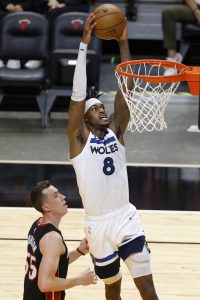
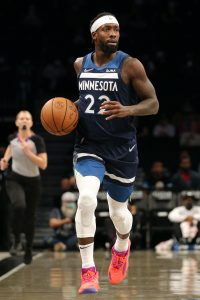 So, with virtually all the top free agents off the market, the Wolves once again turned to the trade market a couple weeks into the new league year, sending
So, with virtually all the top free agents off the market, the Wolves once again turned to the trade market a couple weeks into the new league year, sending 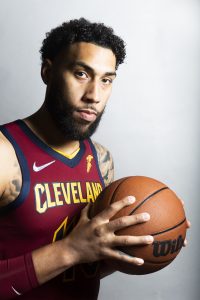 December 19:
December 19: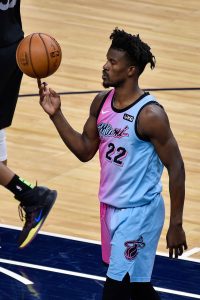
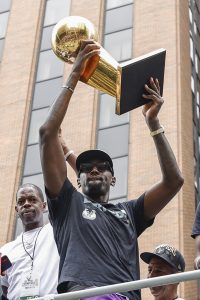 Note: Exhibit 9 and 10 deals aren’t included here.
Note: Exhibit 9 and 10 deals aren’t included here.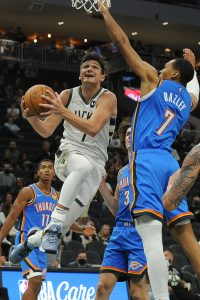 The Bucks have the same starting five, including the Big Three of
The Bucks have the same starting five, including the Big Three of 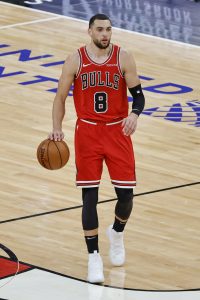 For certain extension-eligible players, such as
For certain extension-eligible players, such as 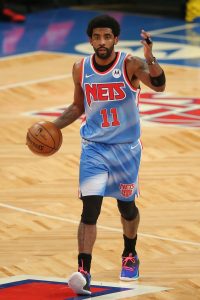
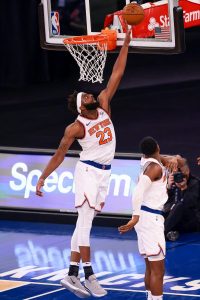
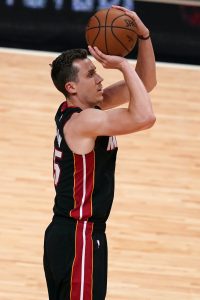
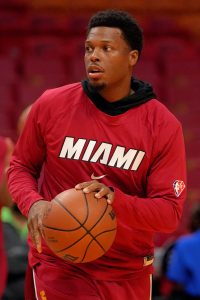 That sounds like a disaster, but it may actually turn out to be a blessing in disguise for Pat Riley‘s team. The Raptors were reportedly seeking a package centered around
That sounds like a disaster, but it may actually turn out to be a blessing in disguise for Pat Riley‘s team. The Raptors were reportedly seeking a package centered around 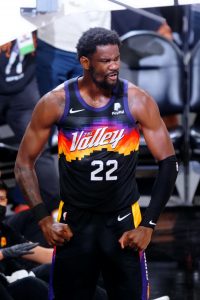 For example, Suns center
For example, Suns center 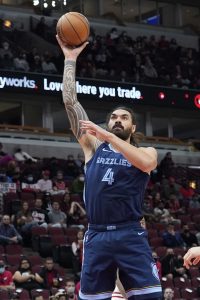 Acquired
Acquired 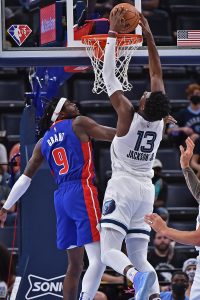 Memphis’ offseason moves were designed to build on that momentum and the front office was active, though it didn’t do anything that would be considered splashy. The Grizzlies’ biggest transactions involved their frontcourt.
Memphis’ offseason moves were designed to build on that momentum and the front office was active, though it didn’t do anything that would be considered splashy. The Grizzlies’ biggest transactions involved their frontcourt.